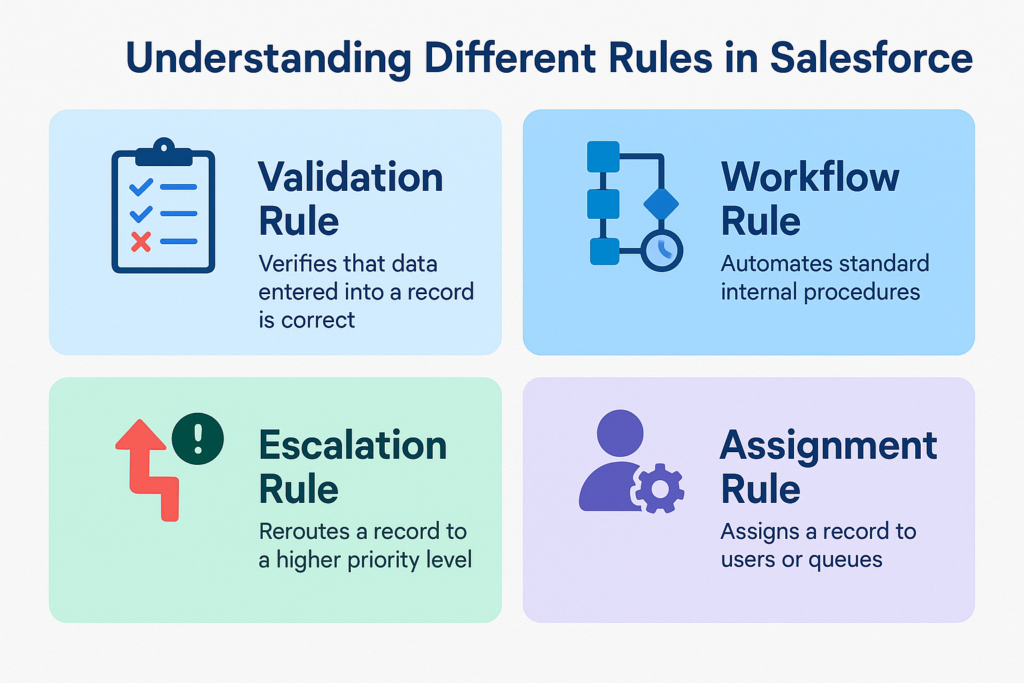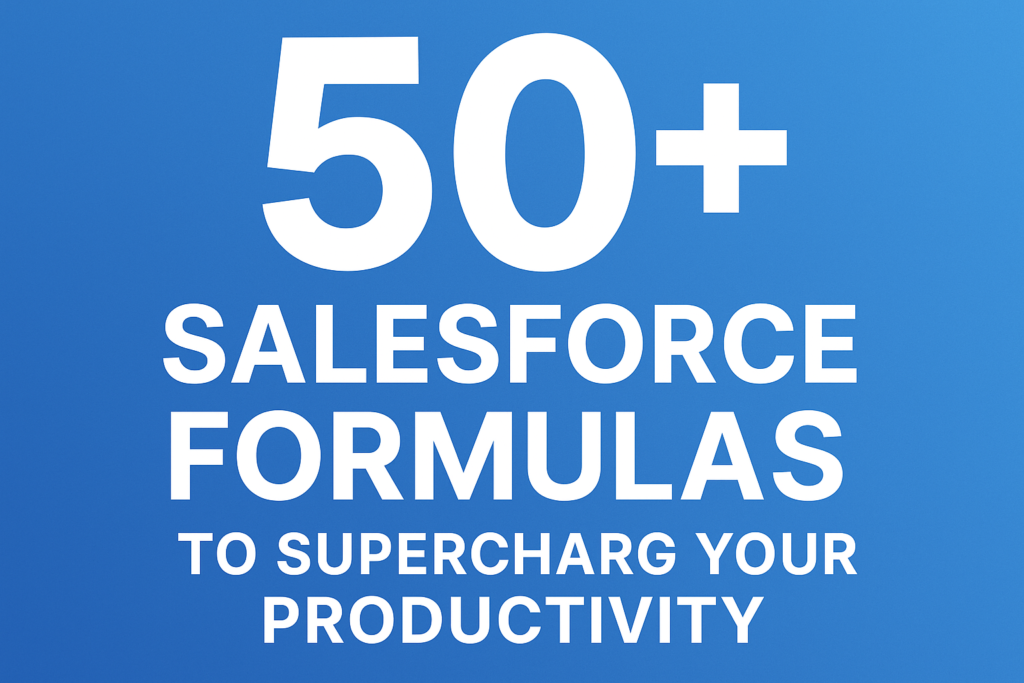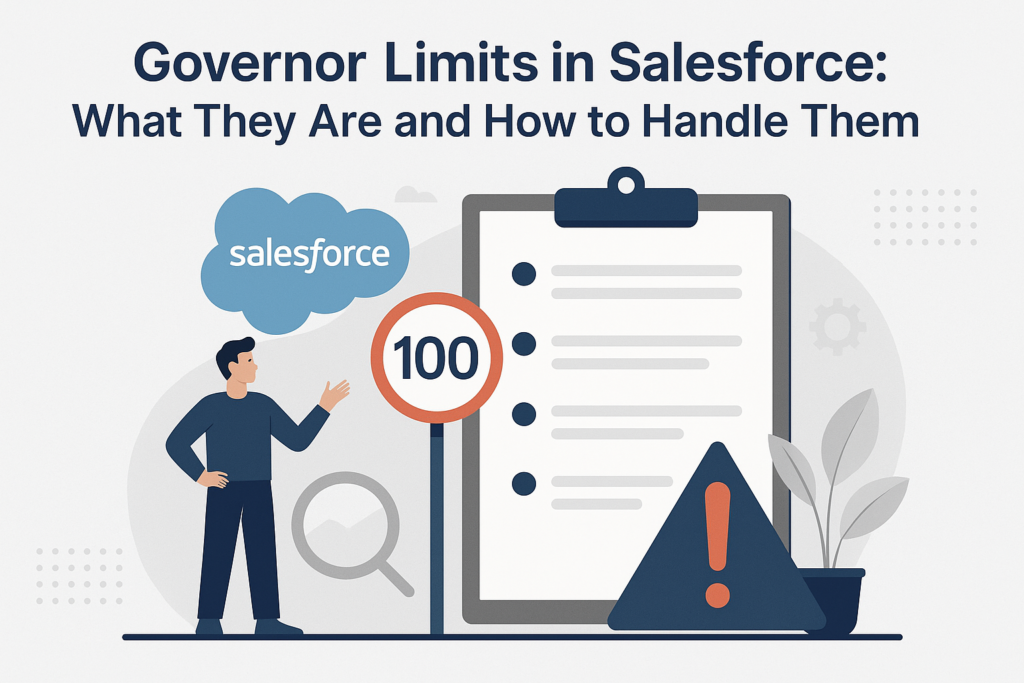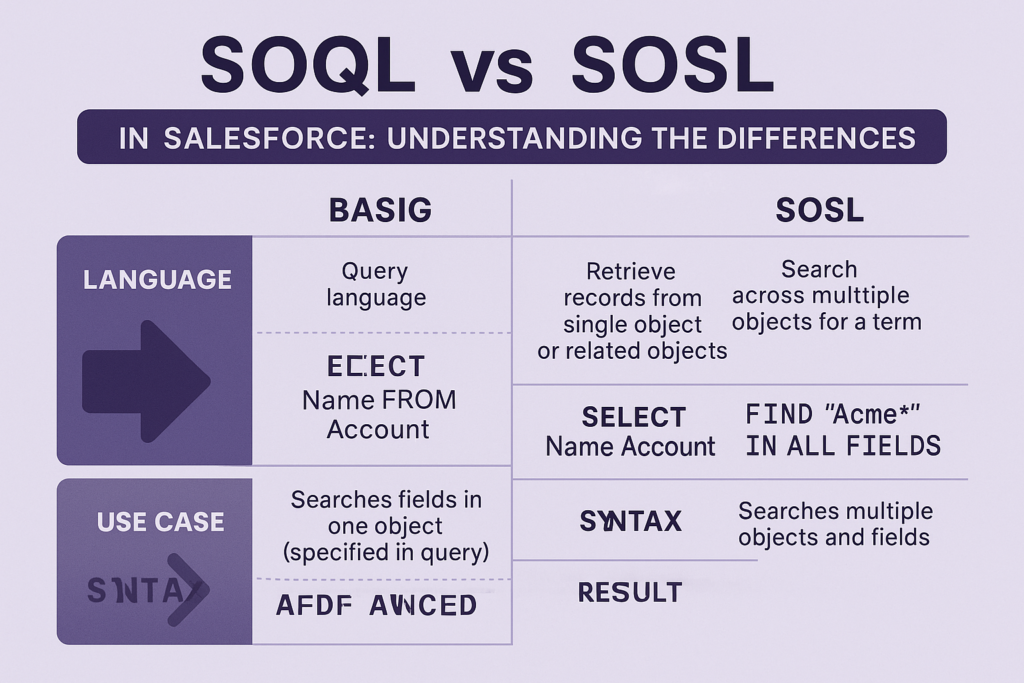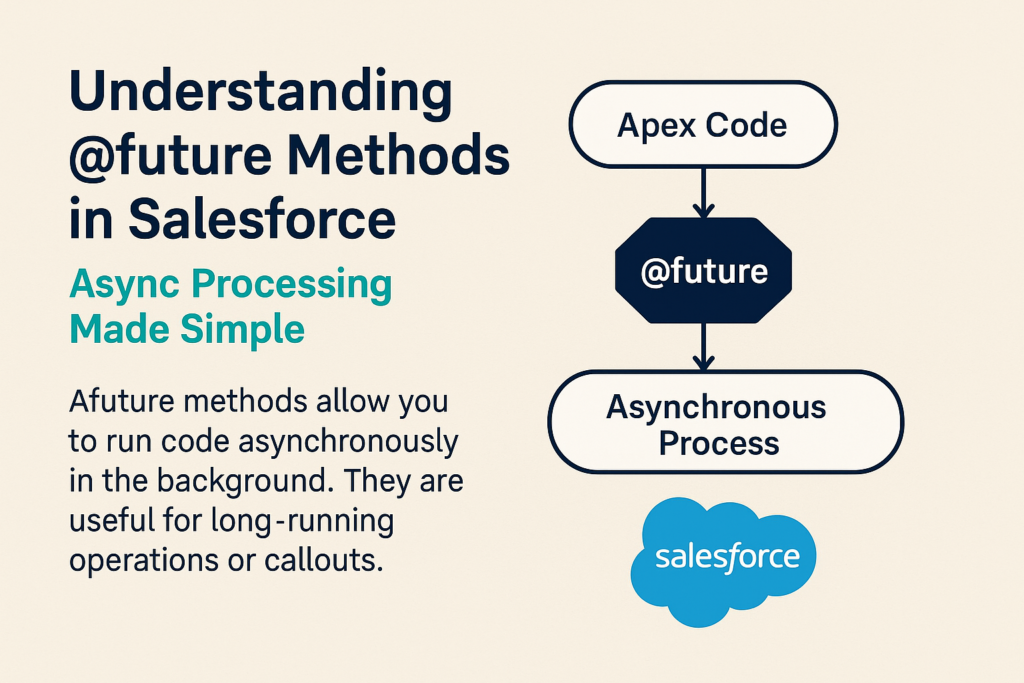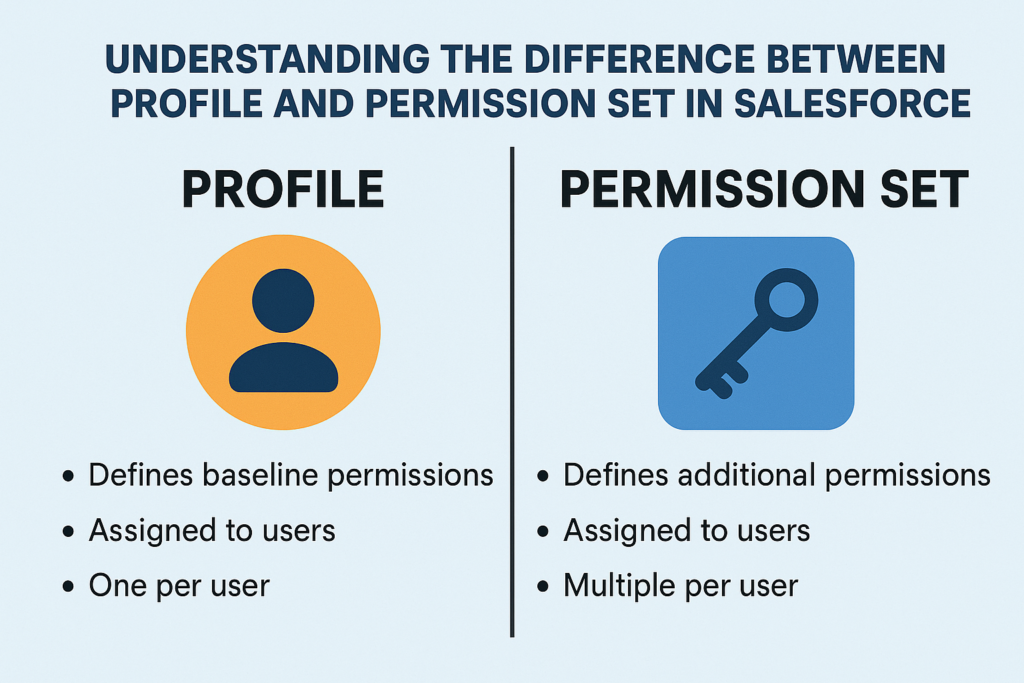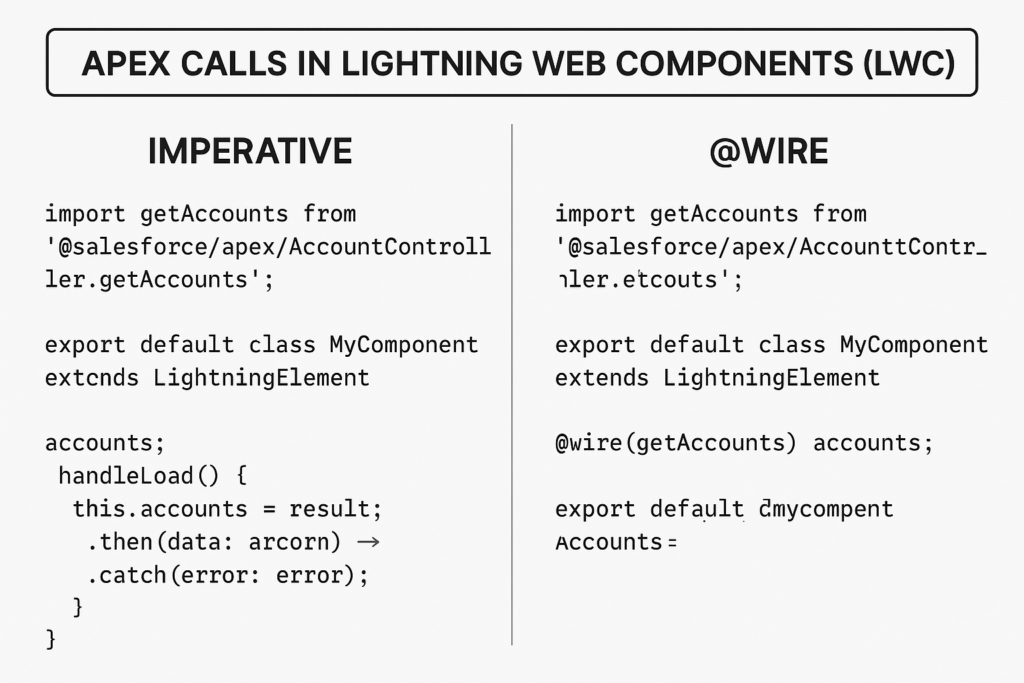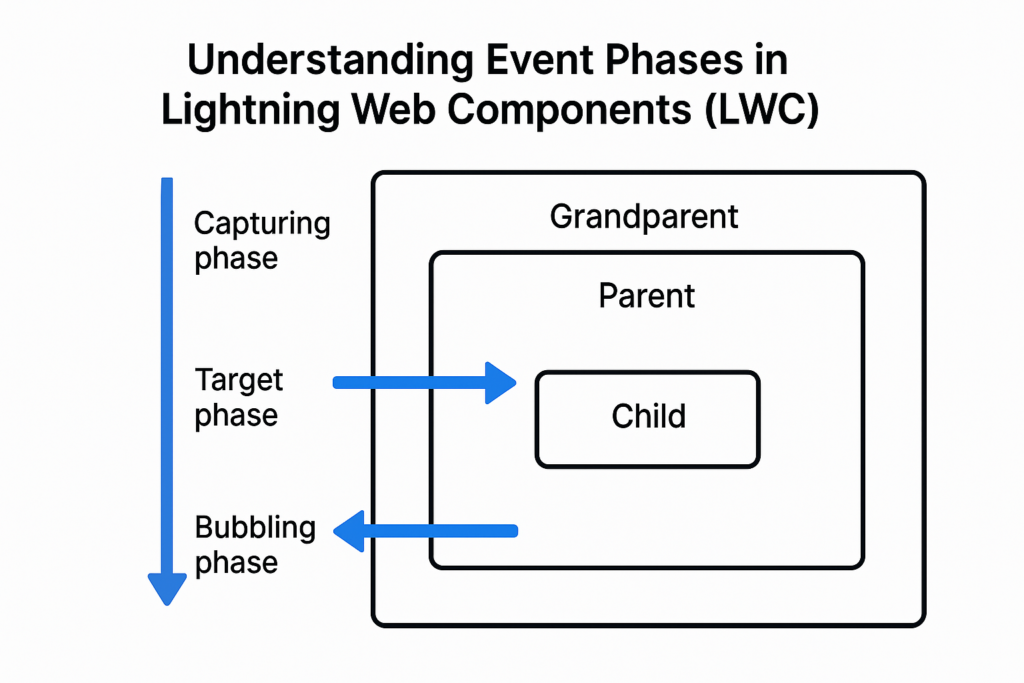Reusable JSON-Driven Apex Execution Framework in Salesforce
Reusable JSON-Driven Apex Execution Framework in Salesforce The purpose of this guide is to create a reusable and configurable JSON-based Apex execution engine that: 📦 Stores business logic in JSON format inside Salesforce 🔁 Executes Apex methods dynamically based on metadata 🚀 Supports reuse across multiple orgs via packaging Step-by-Step Implementation Step 1: Structure Your […]
Reusable JSON-Driven Apex Execution Framework in Salesforce Read More »


